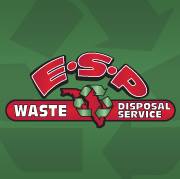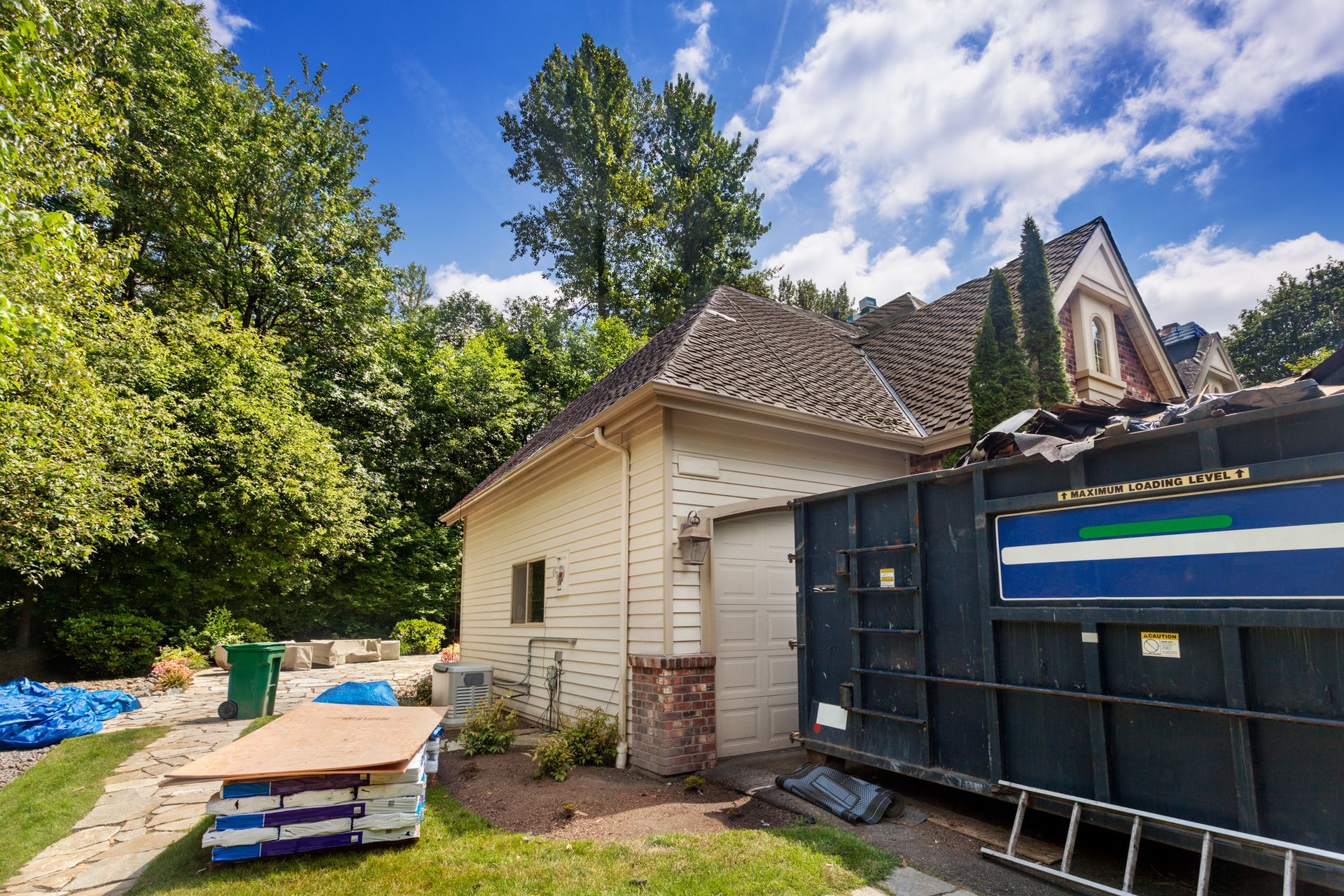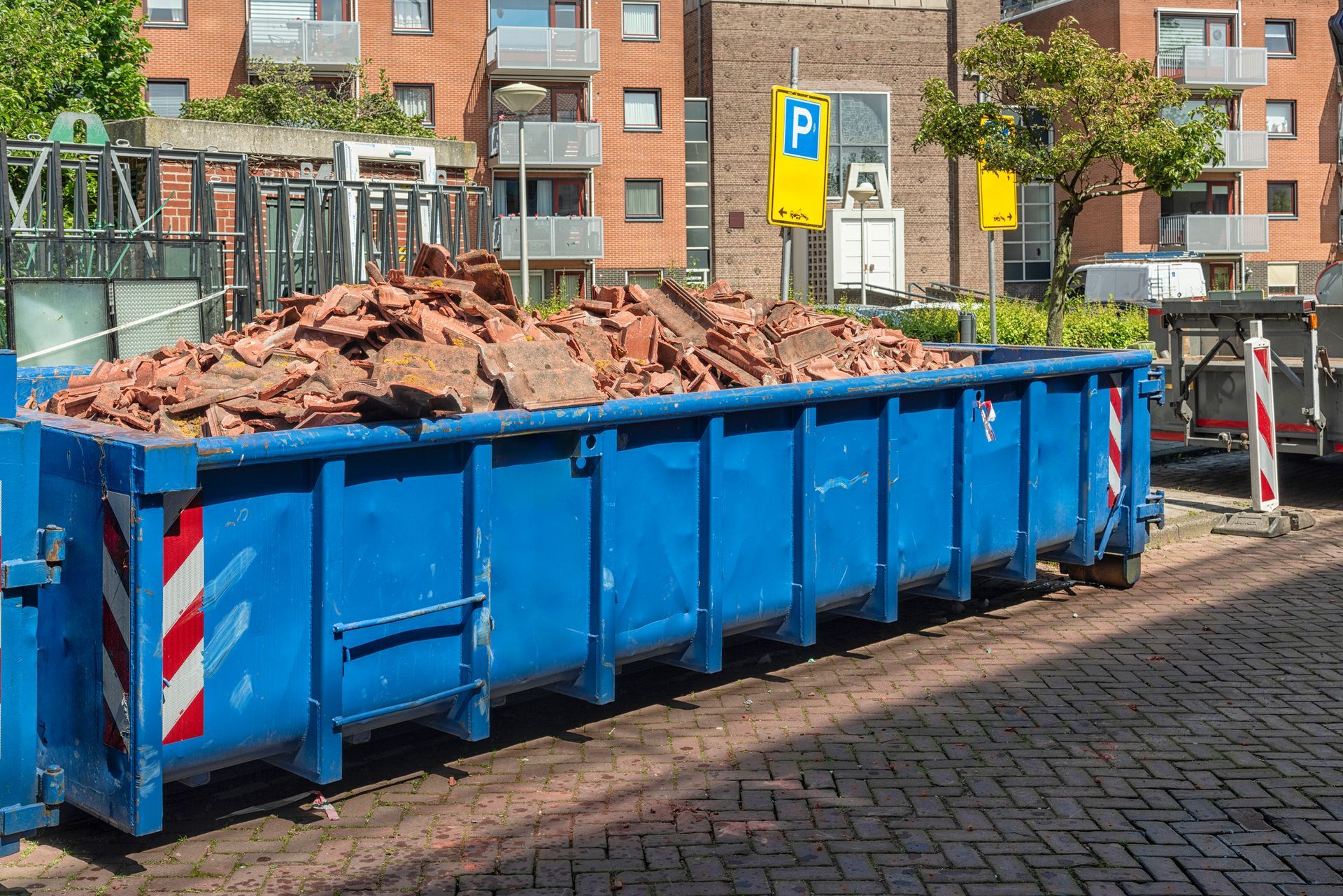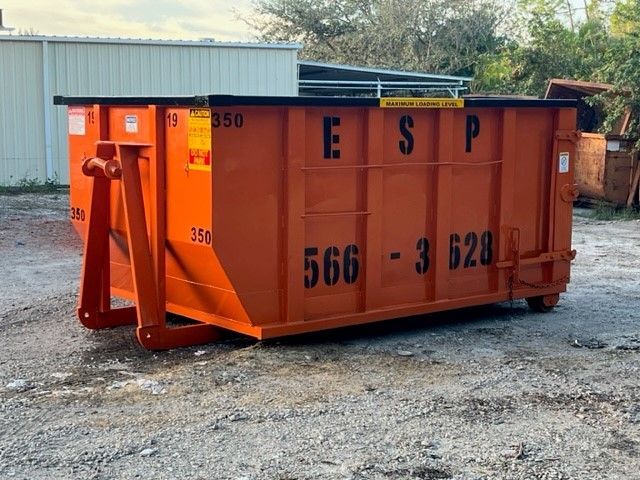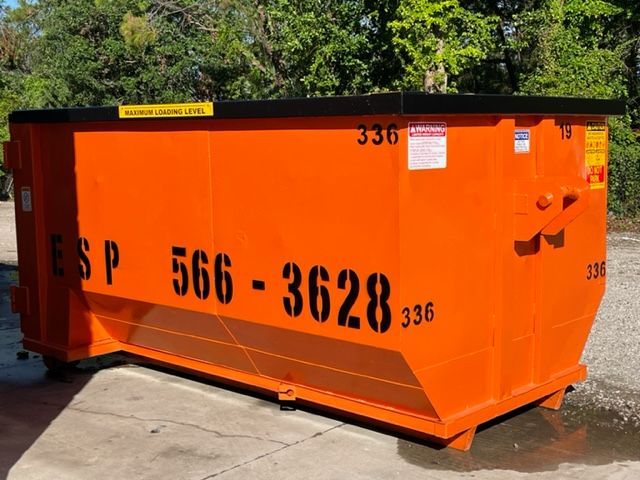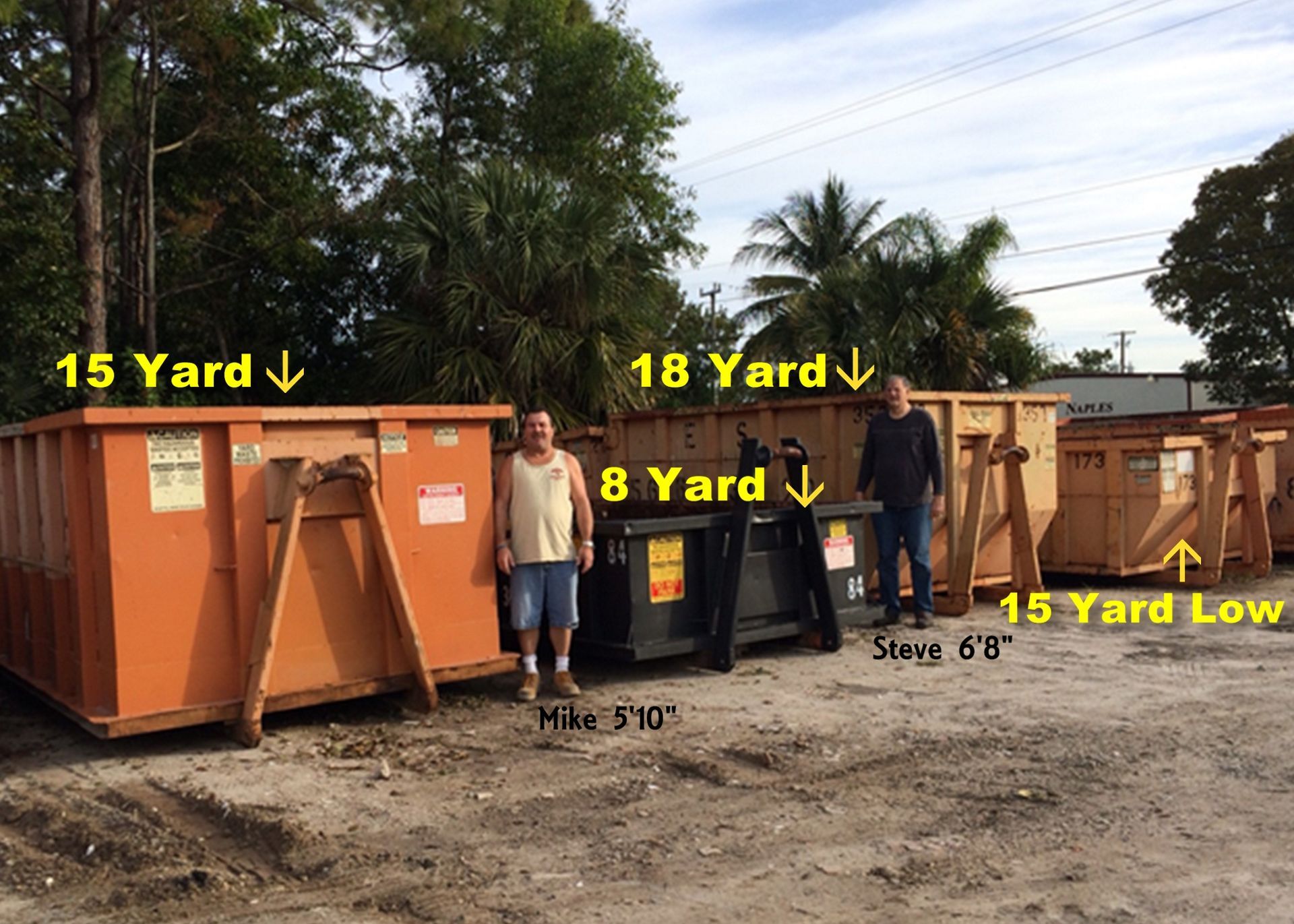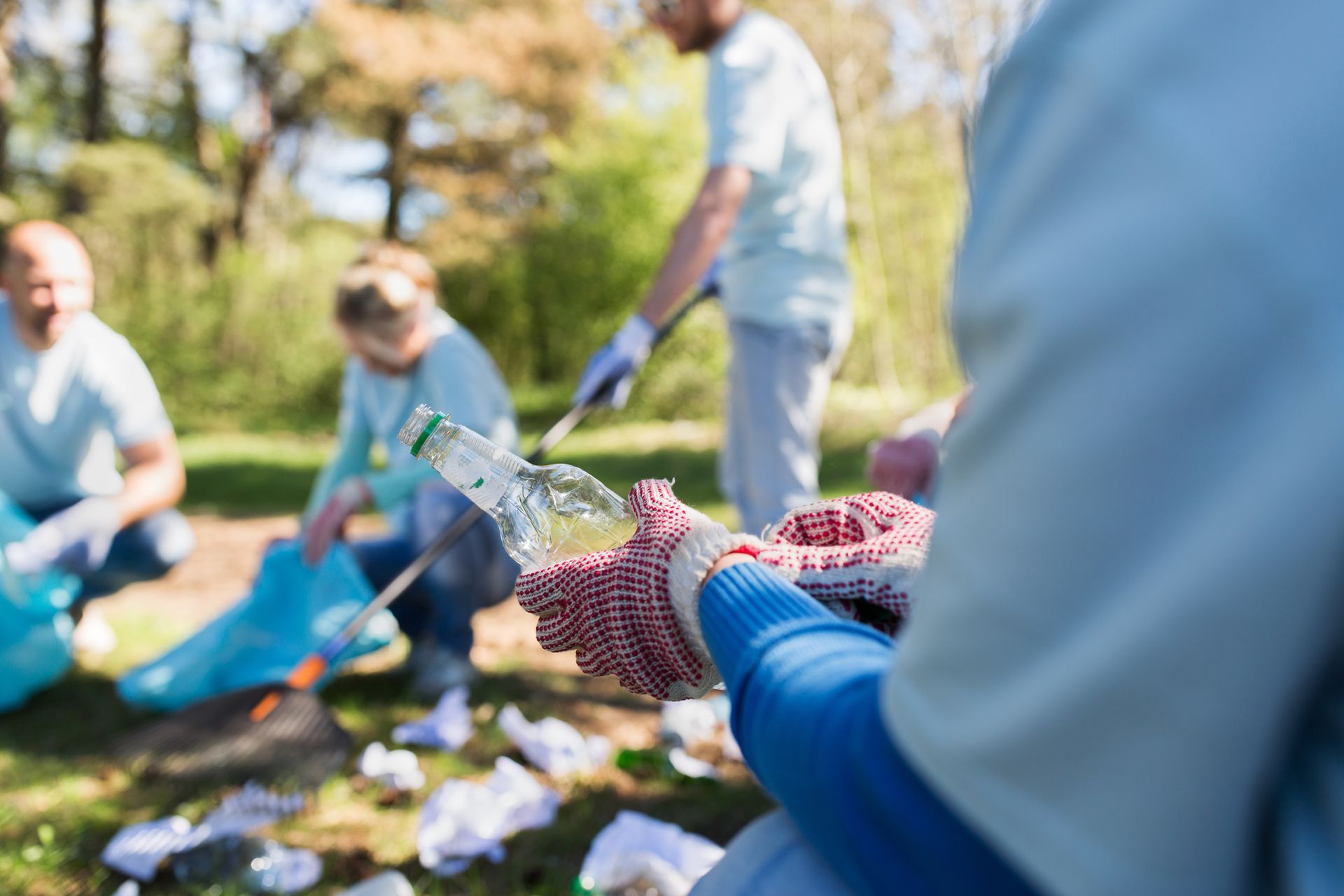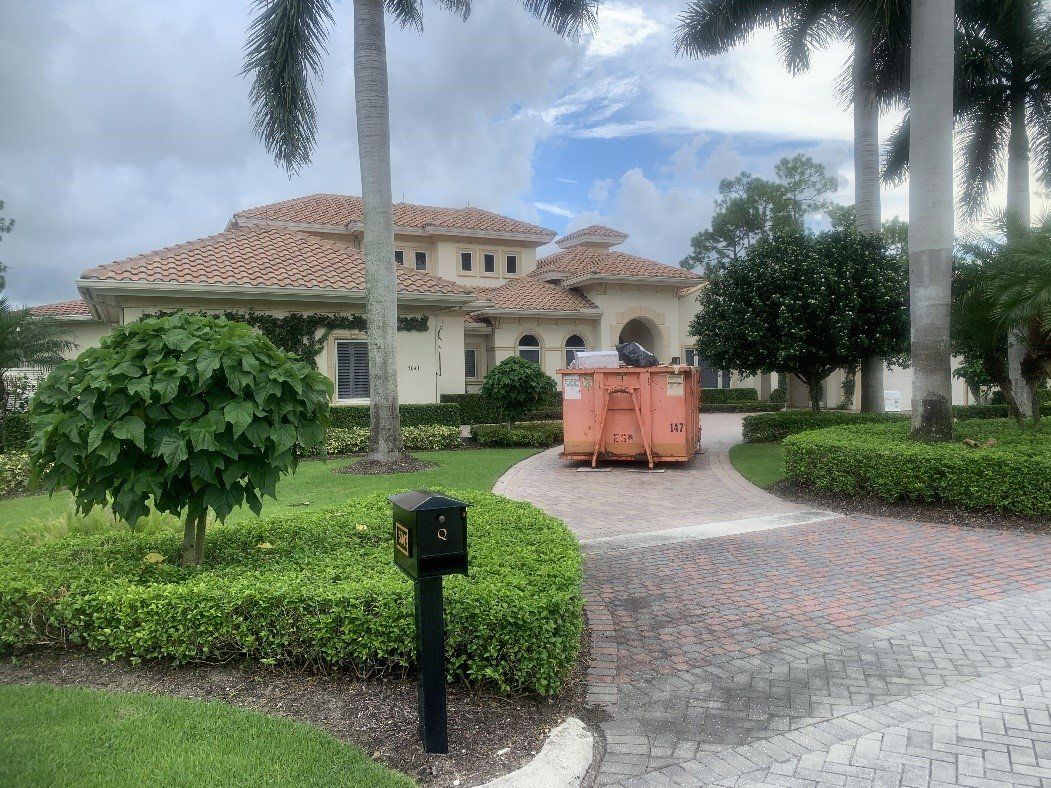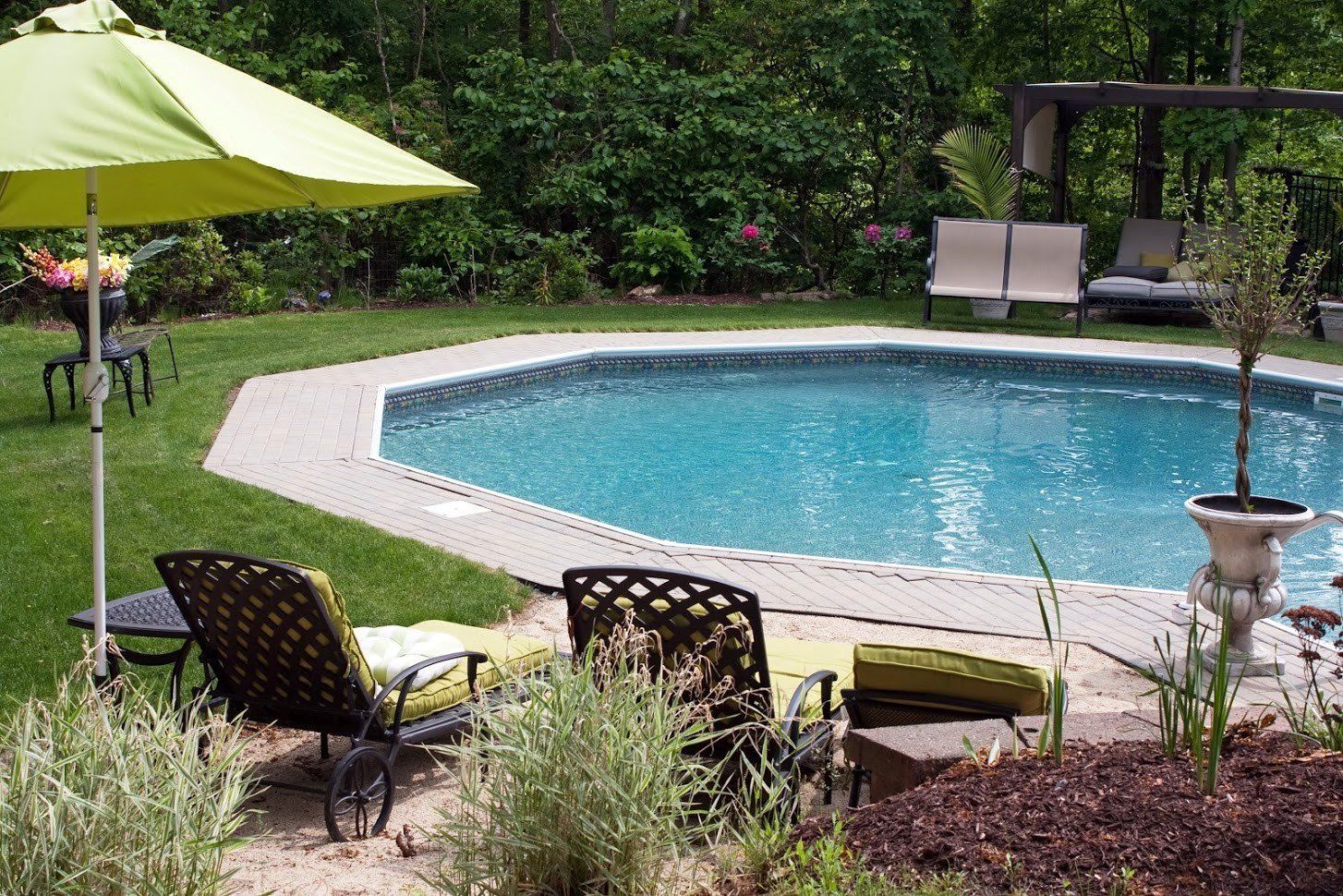Hurricane Cleanup | ESP Waste Disposal Service
In 2017, Hurricane Irma managed to do around $50 billion dollars in damage to the state of Florida. While hurricanes of this catastrophic nature in Florida are rare, they can and do occur. When these hurricanes happen, cleanup is the biggest chore left to do.
If you are tasked with cleaning up a commercial property after a hurricane, renting a dumpster should be one of the first things on your list of things to do. From wind-strewn trash and debris to water-damaged items, the dumpster you rent is going to be the catch-all for the waste. Take a look at some of the FAQs regarding renting a dumpster for after-hurricane cleanup projects.
Is It OK to Place Natural Debris in the Dumpster?
Most dumpster rental companies will allow you to place natural debris in a dumpster. You're likely going to have a lot of natural debris after a hurricane, such as sticks, leaves, and things of that nature. Of course, it is best if you can find an alternative way to get rid of these natural pieces to save yourself some room in the dumpster, but if you have no choice, this kind of waste is usually fine.
Where Is the Best Place to Have the Dumpster Placed?
After a hurricane, it may be more about what open space you have available to place the dumpster than about the most logical placement. For instance, if debris is all around the commercial property and only an empty spot in the middle of the parking lot, the dumpster may have to go there. A few general tips to keep in mind about dumpster placement include:
- Situate the dumpster in an area closest to the bulk of the debris
- The dumpster is best situated on a solid surface like concrete if possible
- Limitations may exist on where the dumpster is placed because the delivery truck will need room to maneuver
Do Dumpsters Have Drains?
Dumpsters do have a drainage point in the lowest part of the unit or in the back wall next to the floor. This drainage hole is usually no larger than an inch and a half in diameter, and it may have a plug in it when the dumpster is delivered.
If a lot of rain is still moving through the area where you're working or if the items you're placing in the dumpster are saturated with water, remove the plug so the container does not fill up with water. The delivery driver can show you the location of the drainage point.
Is It Best to Get a Large Dumpster or a Small One?
A few factors should help you decide what size dumpster you should get for storm cleanup after a hurricane. One, how much waste do you have, and, two, how much space do you have available for a dumpster. On some commercial properties, it may be most logical to get a smaller dumpster because there's not enough space.
A larger dumpster is best if you have a lot of waste and ample space for it to be placed. It can be more cost-effective to use a large dumpster that houses the most waste as smaller dumpsters will have to be repeatedly retrieved, emptied, and redelivered.
Hurricane season runs from the beginning of June until the end of November. Unfortunately, Florida is in the direct path of many Atlantic-born tropical storms. If you need a rental dumpster for a commercial property cleanup after a hurricane, reach out to us at ESP Waste Disposal Service for assistance.
